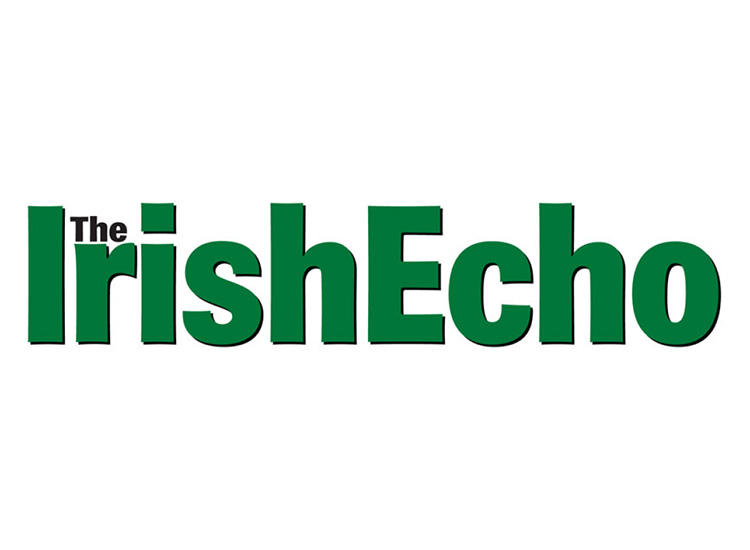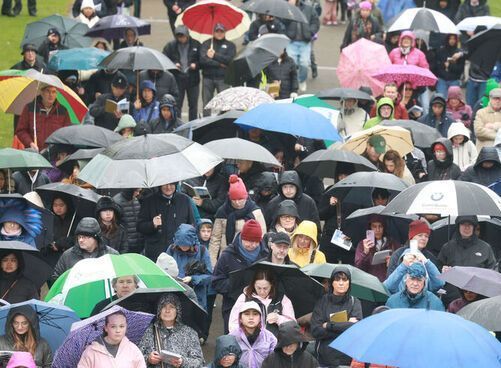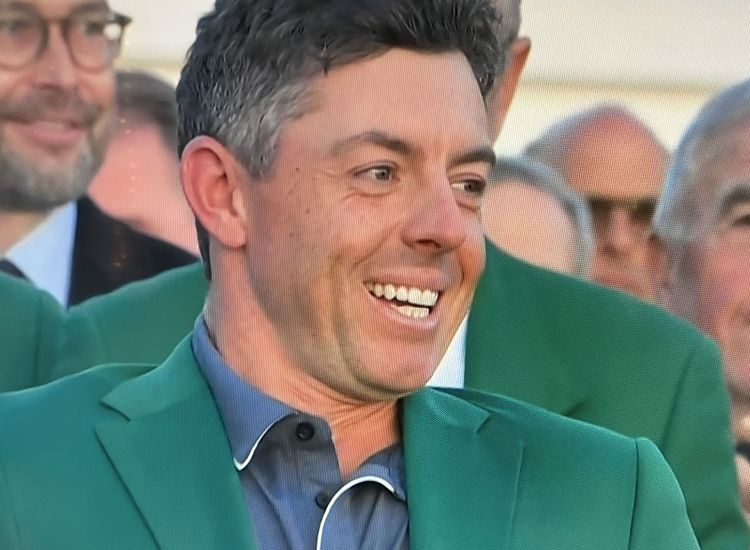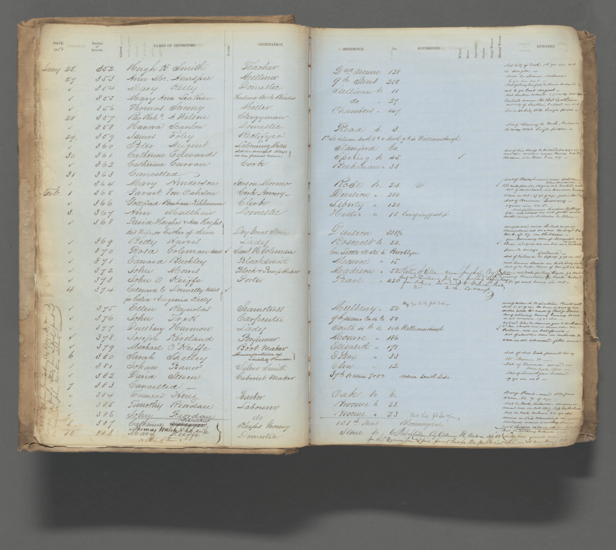Ten years after Murphy's radical innovation changed the look of the hurling field forever, the National Hockey League (NHL) made those same helmets mandatory in their own sport. Six decades since a player first went chasing down the puck with something on his head, and despite virulent macho objections to the very idea of such a precaution by hockey's he-men, the NHL decided that in the interests of safety helmets had to be worn from that point on. There wasn't quite as much complaining as there might have been because the league was rather clever in its handling of the issue.
The law stated that all players who had been drafted into the professional ranks before a certain date in 1979 were allowed to continue to play without helmets as long as they signed a waiver accepting responsibility for doing so. This regulation appeased many. It also ensured that when the St Louis Blues' Craig MacTavish retired in 1997, he earned a footnote in the history of the game. He was the last of the helmetless players, the only remaining throwback, the final one able to take advantage of the loophole created so that those who vowed they couldn't play with a helmet didn't have to retire.
"They treat us like kids," complained Waterford hurler Eoin Kelly of the GAA making helmets mandatory in hurling as of last Friday. "Next year it'll be 'get your mammy to put on your helmet for you before you go out and play a game'. It is going to be hard. The GAA should really look at fellows over 25 who have not worn a helmet for 10 of 15 years. I don't know if it is driven by insurance companies or what, but it is going to be wicked hard. Dan Shanahan, Ken [McGrath], fellows like that, they have not worn a helmet in 20 years.
"I'm 27. I have not worn one since I was 11 or 12. As John Mullane said there, it is grand putting it on in the winter but when you are going out on a sunny day and it is 24 or 25 degrees, it is going to be hard to wear it. It is like being stuck in a small room. It is very claustrophobic for me, that's how I feel anyway and I would not be great with claustrophobia anyway. I feel just a bit closed in by it. You just don't have the same vision that you would have without the helmet."
Kelly raises some valid points but the problem is that any medical doctor could raise just as many pertinent issues and tell horrific injury stories that might have been avoided with proper headgear. Even still though, it's kind of amazing the GPA weren't on top of this brief, arguing on behalf of its members that all those who'd played senior inter-county before January 1, 2010 could be allowed to go helmetless for the remainder of their careers. This would have circumvented much of the moaning and carping by Kelly and plenty other elite players over the past few months.
Of course, the difference between the NHL and the GAA (apart from the fact one crowd get paid millions for playing and the others don't) is that the hockey league was making rules just for the pros. Croke Park was legislating here for the entire sport and the unique nature of the structure of hurling and Gaelic football would make it nearly impossible to create one set of laws for inter-county and another for club hurlers and kids. In a climate where the players who fill the stadiums every summer seem perpetually aggrieved at their lack of input at the highest level though, it seems odd the GAA didn't see a chance here to somehow bend the rules for the finest exponents of the game.
There is something else worth considering here too. The most famous athletes in America tend to be those who play their trade in the NBA. They are the most instantly recognizable and easily marketed because, apart from having all their games televised, they don't wear helmets. Journeymen basketballers enjoy greater fame and celebrity than some of the finest NFL stars simply because the grid-iron behemoths wear helmets with bars across their faces when they are on the field. Consequently, they are very often only recognizable by the numbers stretched across their vast backs. While baseball's best aren't quite as hidden, they also suffer from being disguised somewhat by batting helmets and caps for much of their time on the diamond.
On an almost weekly basis now, we read quotes from somebody working at the coalface of the GAA in Ireland sounding the alarm about the inroads rugby is making on its constituencies. The latest dispatch came from former Limerick manager and hugely entertaining pundit Tom Ryan. In this respect, the American examples shows putting helmets on the best hurlers isn't going to help the marketing of the games any. Once we cover up the likes of Sean Og O hAilpin and Mullane and the rest of the hat-less marquee names, we are making them faceless, reducing their visibility, and rendering them much less valuable to the development of the sport.
There is no debate that Henry Shefflin is to hurling what Brian O'Driscoll is to rugby but which one of them is more easily recognised by kids? Why, the one who doesn't wear a helmet of course.









